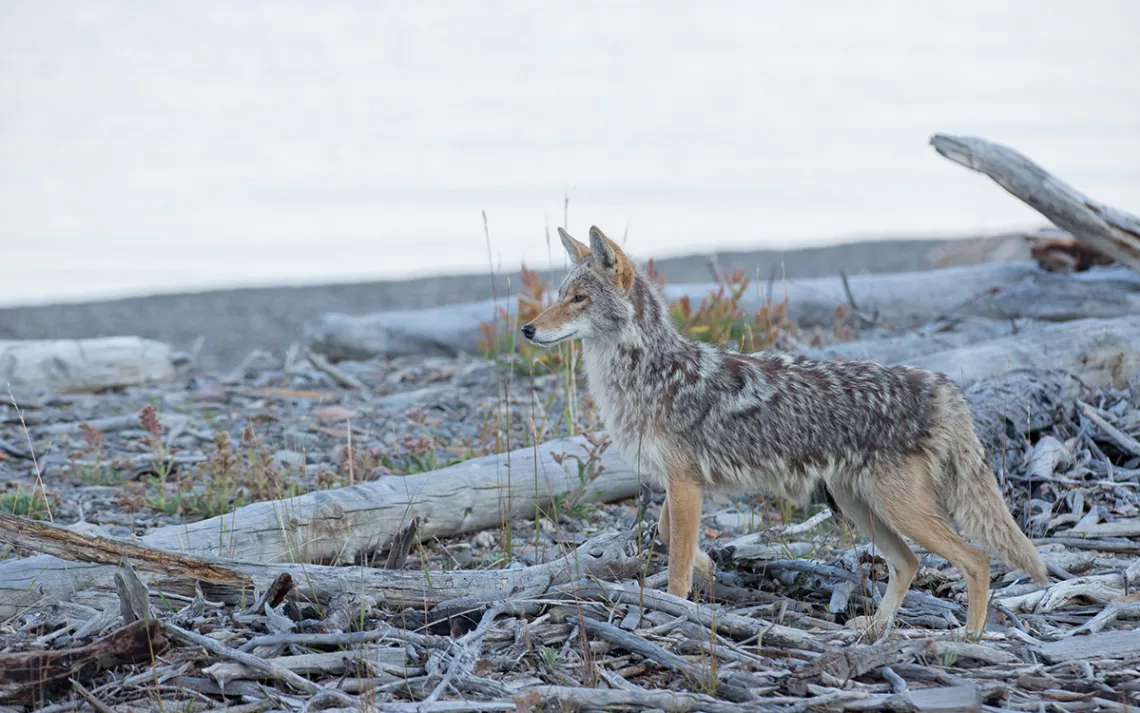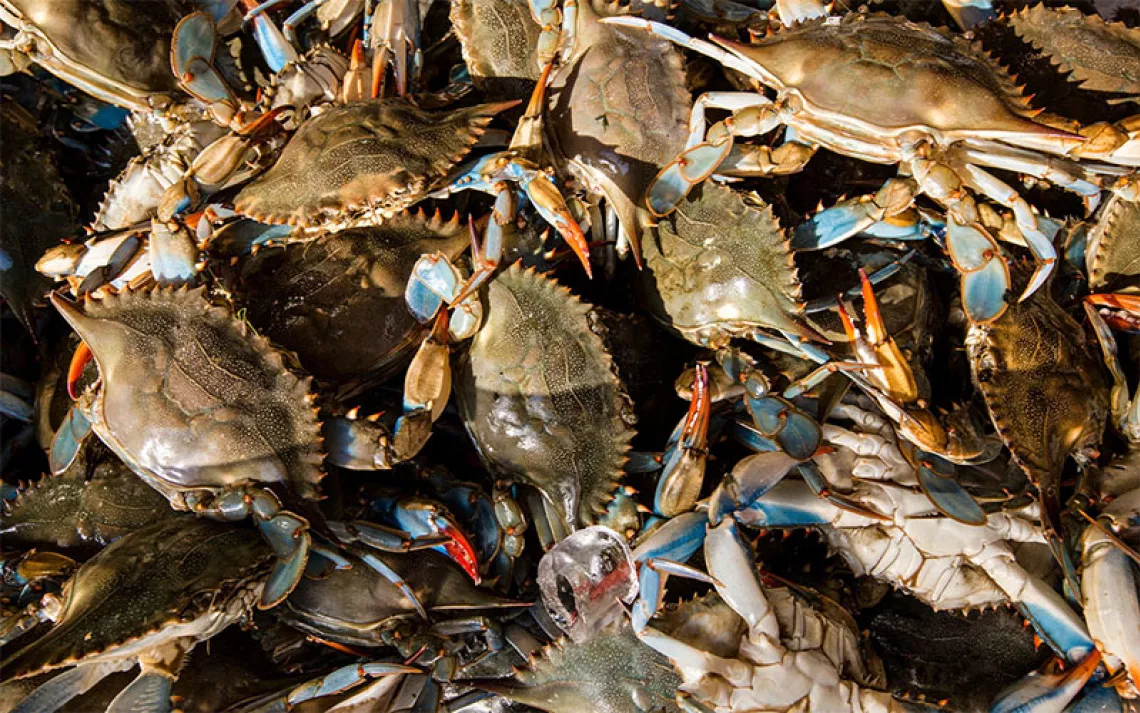Shooting Coyotes Is a Short-Term Solution
Real coexistence starts with changing human behavior

Photo by Jillian Cooper/iStock
Residents of western US cities and suburbs have long lived alongside coyotes, but in the last 20 years the canids have moved eastward, showing up in places from Cape Cod to New York City’s Central Park. In communities unaccustomed to coexisting with coyotes, they’re sometimes viewed as a public nuisance.
That’s the case in the wealthy seaside town of Nahant, Massachusetts, a densely populated peninsula just north of Boston, where a dozen or so coyotes make their home. While coyotes have been on the north shore for years, the Nahant pack has grown, and in the last year has become more visible—and problematic. In recent months, the coyotes have pursued and surrounded dog-walkers and snatched dogs off leashes. A coyote chased a 12-year-old, who jumped into a bystander’s car for safety.
“Coyotes are comfortable enough that they walk up to people and attack their [on-leash] pets,” said Dave Wattles, Black Bear and Furbearer Project Leader for Massachusetts. “Their natural fear of people is completely gone.” Rhetoric about the coyotes has been heated. Last September, residents made a Facebook group called “Nahant Coyote Victims,” posting photos and videos of coyotes on their properties at night.
In December, the town announced they’d bring in federal sharpshooters to kill the coyotes, a decision Wattles said is rooted in concerns that coyotes will bite or attack humans. Studies show that coyote attacks on humans are rare but can result in serious injury. From 1977 to 2015, there were 367 coyote attacks on humans in the US, two of them fatal. Though attacks mostly target adults, when children are victims, they’re more likely to be seriously injured.
The sharpshooters are now actively killing coyotes in Nahant—a controversial decision. Some say the town hasn’t taken enough measures to educate the public and humanely solve the problem. In January, Nahant residents Francine Amari-Faulkner and Deb Newman, who are opposed to the killings, created another Facebook page, “Nahant Coyotes,” out of concern for the animals’ well-being. If the community fails to address root causes, they note, more coyotes will simply come to replace those that are killed.
In neighboring Rhode Island, communities of similar size and density are finding ways to peaceably coexist with coyotes, suggesting a long-term alternative for places like Nahant. Their success is partly thanks to a team of biologists who intervene when conflicts arise. The group includes biologist Numi Mitchell, president of the biodiversity nonprofit the Conservation Agency, who recently completed a 20-year study examining the root causes of coyote-human conflicts in her state.
She said problem coyotes can usually be traced to a “substantive, consistent source of food,” for which they’ll travel up to three miles. Such food sources amount to more than a single home’s garbage; past culprits include a massive trash pile and a poorly secured chicken farm. When these occur around neighborhoods and towns, coyotes shrink their range to the populated area, becoming frequent visitors and, sometimes, a nuisance.
On Conanicut Island, Rhode Island, Mitchell trapped and collared a coyote named Sherlock after complaints from residents in an area with a mix of towns, farms, and conservation land. By tracking Sherlock’s movements, Mitchell discovered the coyote was feeding from a large trash site at a residence. Mitchell visited the home with the local police to address the problem. “After that, the coyote completely changed its activity,” Mitchell said. “It spent its time at night foraging in fields, on the southern side of the island, catching meadow voles.”
In each instance Mitchell examined, removing the food source led to coyotes expanding their territorial range once more, which reduced conflict with humans. “The pack occupies a larger space, and you have fewer coyotes per square inch,” she said. Mitchell added that she can usually find the problem by collaring just one coyote from a given pack.
Strict adherence to not feeding coyotes requires vigilance and continuous education. No-feeding rules can be enforced using town ordinances and fines, but Mitchell and her team also collaborate with local police, attend city council meetings, and meet with residents one on one. Recently, when Sherlock reappeared frequently in town, Mitchell suspected she was being fed once again.
“We reminded everybody not to feed her; we kind of rattled our sabers a little bit, and there wasn’t another peep,” she said. Sherlock returned to her voles.
Mitchell noted that there are many strategies for hazing coyotes to prevent encounters, including using air horns and sprays, keeping pets on short leashes, and carrying sticks or rattle cans while walking dogs. Coyotes are likely a permanent fixture in the east, but Mitchell said humans can learn to live with them. She hopes her work will help other communities find long-term solutions for coexistence.
“When I was little, people littered everywhere. They don’t now,” she said. “We have to create a new normal behavior that takes into account common sense.”
 The Magazine of The Sierra Club
The Magazine of The Sierra Club



